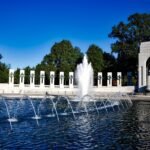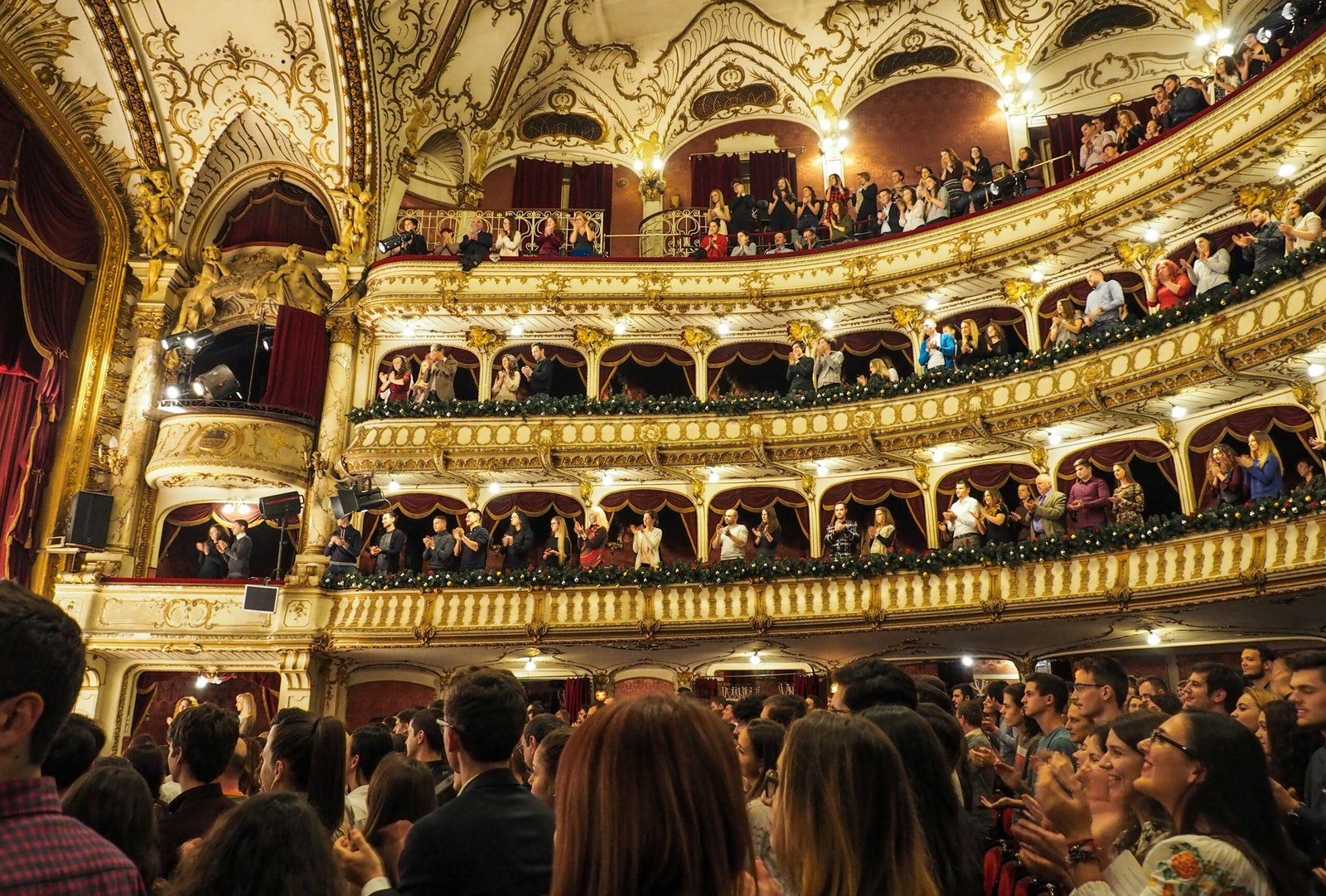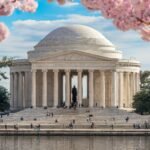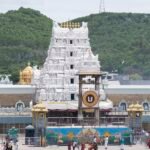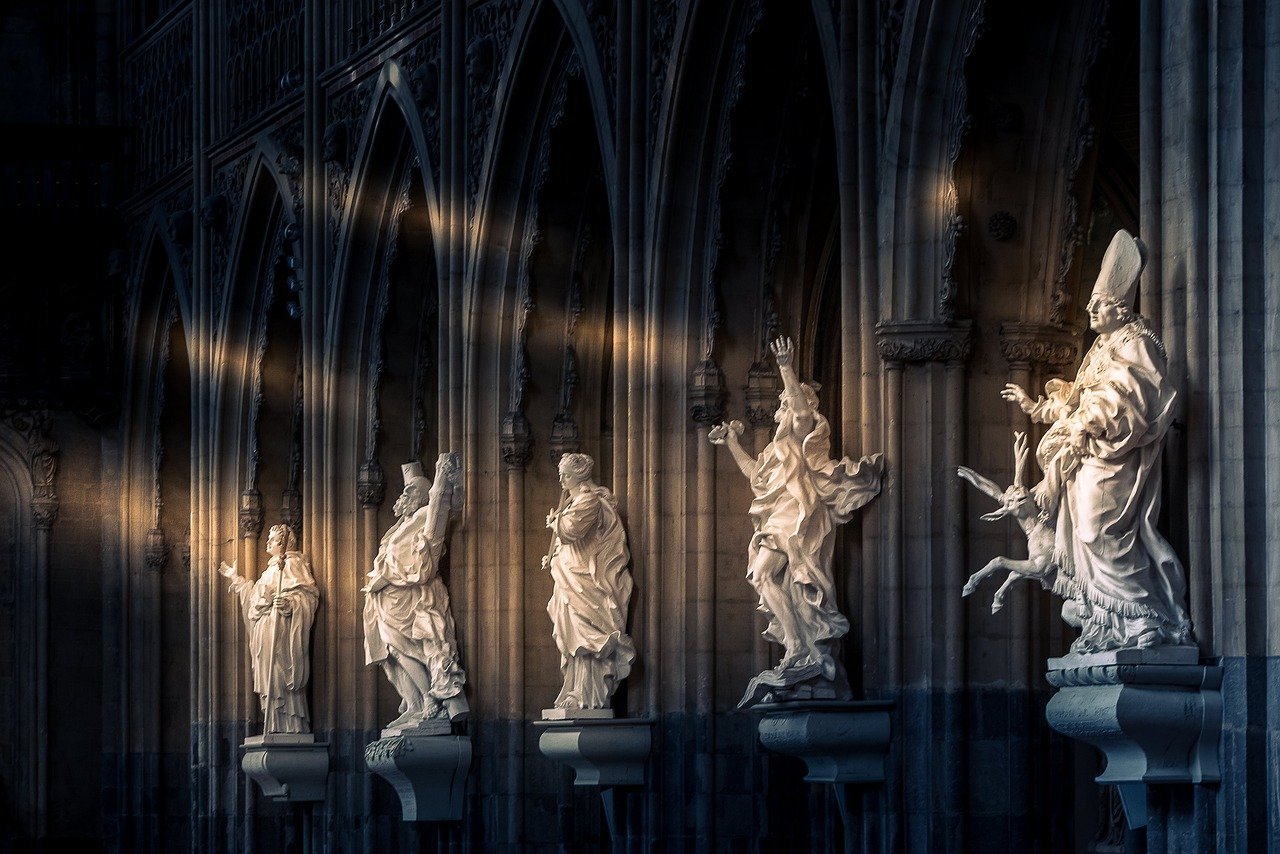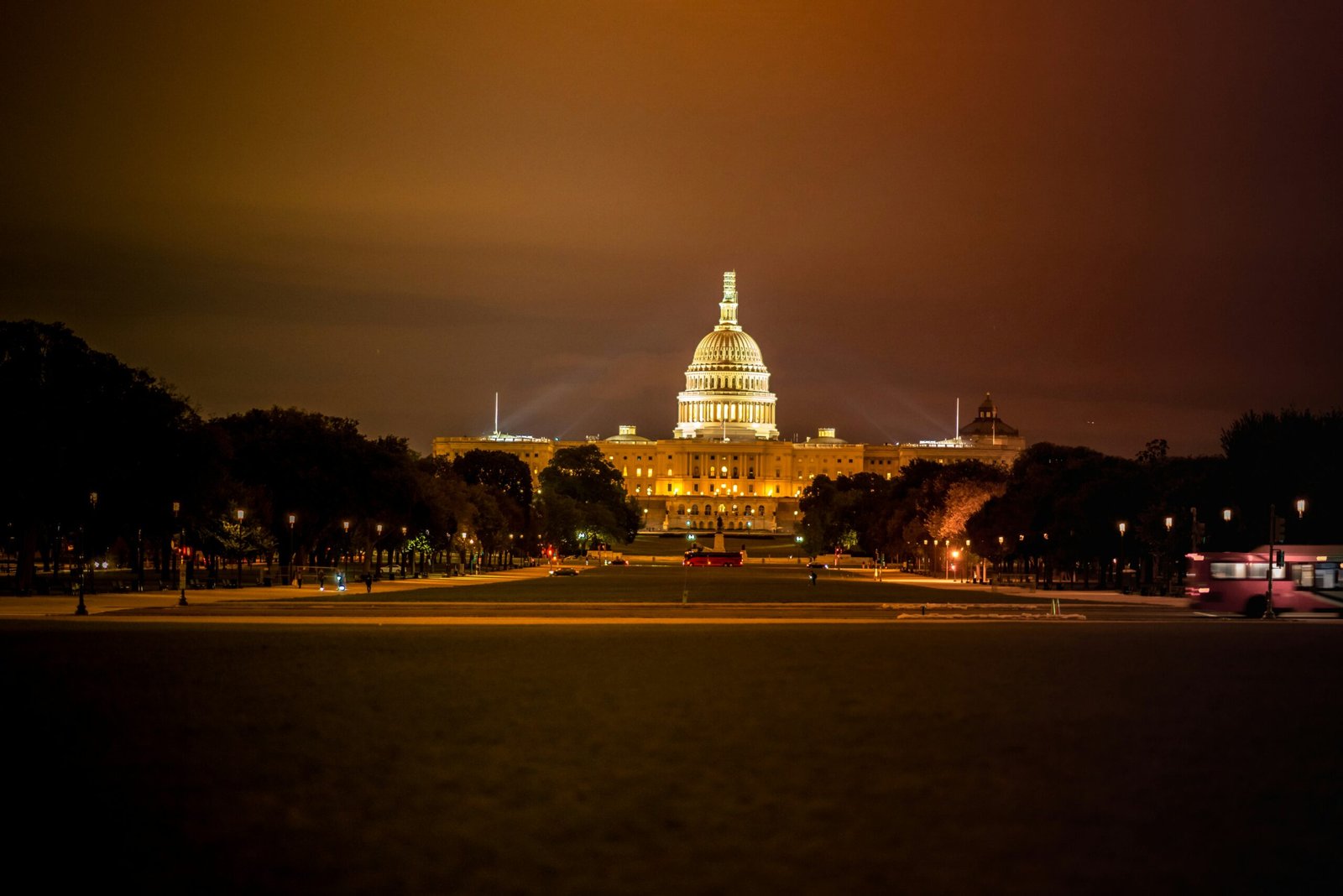A Historical Journey
The Washington National Cathedral, or the Cathedral Church of Saint Peter and Saint Paul, is an iconic landmark in Washington, D.C. This grand structure embodies American history, faith, and architectural excellence. Inspired by Gothic cathedrals across Europe, its design includes intricate stonework and tall spires, giving it a distinctly Gothic Revival style.
The cathedral’s story began in 1893 when President Grover Cleveland laid its cornerstone. Overseeing the project was architect Frederick Bodley, along with many prominent figures who shaped its unique design. Construction took a long time—spanning from 1907 to 1990—with key milestones like the consecration in 1913 and the completion of the west front in 1941. Throughout the years, the cathedral has welcomed American presidents, hosted state funerals, and served as a site for interfaith gatherings.
Bishop Henry St. George Tucker, a visionary leader, was instrumental in shaping the cathedral’s inclusive mission. His efforts ensured the cathedral became a gathering place for people of all faiths.
In 2011, an earthquake caused significant damage to the cathedral, sparking a major restoration effort. This process helped preserve its historic beauty while strengthening its structure for the future. Today, the Washington National Cathedral stands as a symbol of resilience, unity, and the rich history of the United States.
Visitors come not only for worship but to experience the cathedral’s architecture, history, and the peaceful atmosphere that it offers.
Architectural Marvels
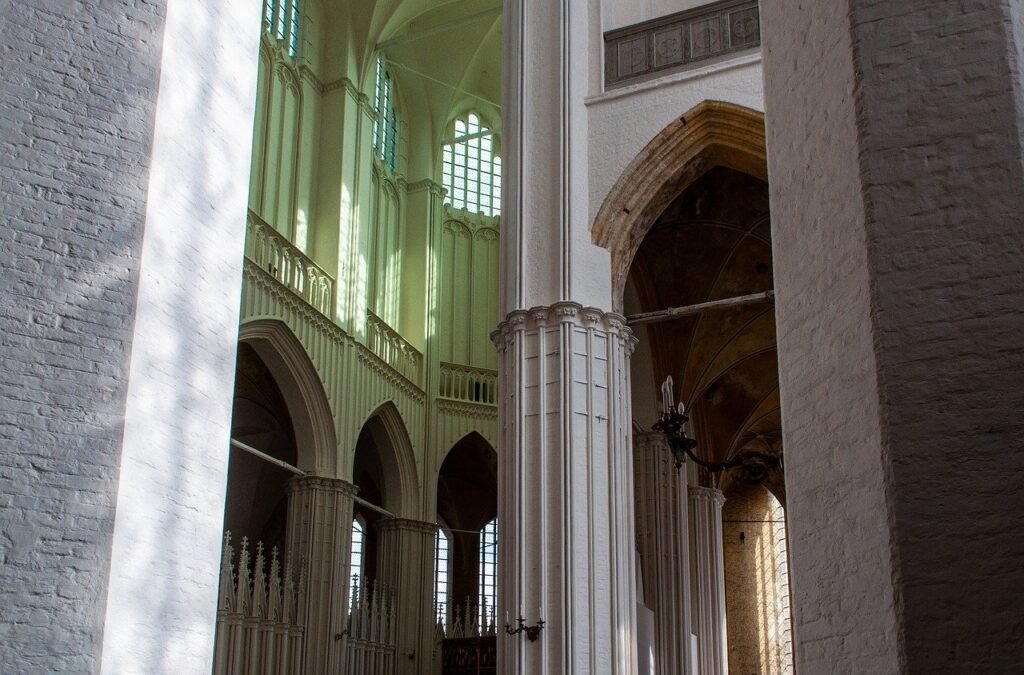


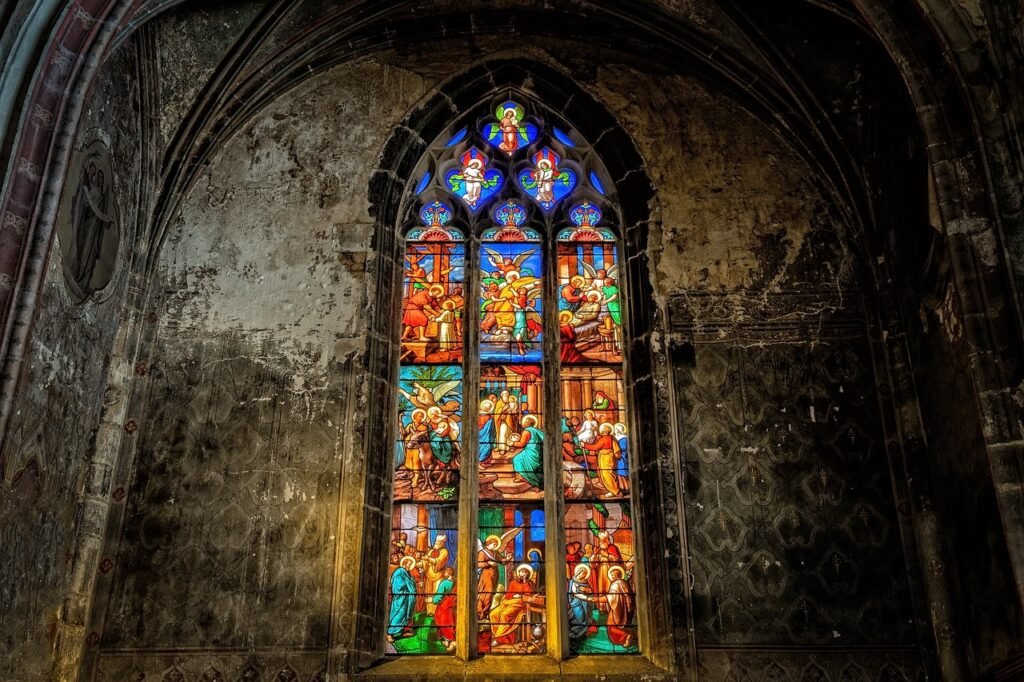
The Washington National Cathedral showcases neo-Gothic architecture with its grand design, intricate details, and captivating spiritual ambiance. The cathedral’s stone carvings bring history and craftsmanship to life, with each facade and column featuring meticulously carved figures and motifs. This artistry not only enhances the aesthetic but also tells sacred Christian stories.
A highlight of the cathedral is its stunning stained glass windows. With over 200 individual panels, these windows depict significant biblical scenes and figures. The largest, known as the “Space Window,” even includes a piece of moon rock, blending modern exploration with tradition. The colorful light filtering through the glass creates a vibrant, contemplative atmosphere within.
The cathedral’s structure also relies on classic Gothic elements like buttresses. These strong supports allow for towering heights and vaulted ceilings, giving the interior a spacious, open feel. Along the nave, various chapels feature unique artwork and messages, each adding depth to the sacred environment.
Adding to the spiritual experience, the cathedral’s organ—one of the largest in the U.S.—fills the space with majestic sounds during services and concerts. This integration of music and architecture heightens the cathedral’s spiritual ambiance.
Overall, the Washington National Cathedral represents a remarkable blend of art, architecture, and faith. It continues to draw admiration from visitors and scholars, serving as a powerful symbol of spirituality and American heritage.
Cultural and Spiritual Importance
The Washington National Cathedral stands as a powerful symbol of American heritage and spirituality, serving diverse roles within society. As a primary place of worship, it hosts regular Episcopal services while welcoming individuals from various faiths, fostering an inclusive environment for reflection and connection. This inclusivity aligns with its mission to engage diverse communities in meaningful dialogue and understanding.
Beyond its religious purpose, the cathedral is a notable venue for national events, such as presidential funerals and memorial services. These gatherings, attended by dignitaries and citizens alike, hold deep historical and emotional significance. The cathedral’s grand architecture provides a fitting backdrop, offering a sanctuary during times of national mourning and remembrance.
The cathedral also promotes interfaith dialogue and community unity. Through outreach initiatives, it engages local residents and religious organizations, encouraging collaboration and addressing societal challenges. These programs nurture community bonds and highlight the cathedral’s dedication to unity in diversity.
In addition, the Washington National Cathedral plays a cultural role, hosting concerts, art exhibits, and educational events that resonate with the community. These special events showcase local talent, support creative expression, and spotlight social causes. This blend of art, culture, and spirituality makes the cathedral a vibrant hub for exploration and engagement, enriching the lives of all who visit.
Visiting the Cathedral: You Need to Know
When planning your visit to the Washington National Cathedral, knowing the operational hours is essential. The cathedral welcomes visitors from 10:00 AM to 5:00 PM, Monday through Saturday, and from 12:30 PM to 5:00 PM on Sundays. It’s wise to check the official website for any changes or special events that may affect access.
Admission requires a ticket purchase. The general fee is $15 for adults, while students and seniors enjoy a discounted rate of $10. Children aged 16 and under enter for free, making it an affordable outing for families. For a deeper understanding of the cathedral’s history and architecture, consider a guided tour. These tours last about an hour and come at an additional fee, offering a more enriching experience.
Beyond sightseeing, the cathedral provides various experiences. Attending one of its religious services can be a profound opportunity to connect with the community’s spiritual life. The beautifully landscaped gardens surrounding the cathedral create a serene space for reflection. The cathedral also hosts educational programs, including lectures and workshops, that engage visitors with its art and architecture.
To make the most of your visit, wear comfortable shoes, as you will explore both the interior and the expansive grounds. Nearby attractions, such as the Bishop’s Garden and the historic neighborhoods of Washington, D.C., offer additional opportunities for exploration, ensuring a full day of activities. Thorough preparation can enhance your experience at the Washington National Cathedral, making it both informative and memorable.
